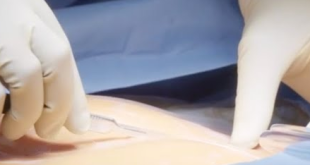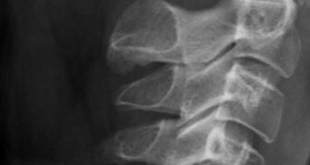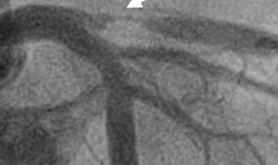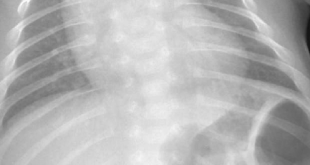Cutibacterium (previously Propionibacterium) species are gram-positive, anaerobic, nonsporulating bacilli that are often regarded as skin commensals. They are mostly nonpathogenic and are frequently found in blood and other body fluid cultures as contaminants. These species need 6 days to grow in culture. Cutibacterium species, which are part of the coryneforms …
Read More »Limberg Flap Surgery Procedure, Technique, Complications, Care
Limberg flap surgery is performed on patients who have a significant or recurring pilonidal illness. During the procedure, a cut or incision in the shape of a diamond is created in the patient’s skin to remove the afflicted skin and any underlying tissue. A further cut is made in the …
Read More »What is laryngeal edema? – Definition, Symptoms, Causes, Treatment
What is Laryngeal Edema? Swelling is medically referred to as “edema.” Inflammation and damage cause swelling in several body parts. It can be localized or systemic, meaning it can affect one part or the whole of the body. Numerous medical conditions, including medications, pregnancy, and infections, can induce edema. When …
Read More »What is a Gastroschisis? – Causes, Complications, Life expectancy
What is a Gastroschisis? The surgical technique known as gastroschisis repair is performed on infants to correct a birth abnormality known as gastroschisis, which results in an opening in the skin and muscles that cover the abdomen region (abdominal wall). The intestines as well as other organs protrude through the …
Read More »What is cervical calcification? – Symptoms, Causes, Treatment
What is Cervical Calcification? Calcification occurs when calcium accumulates in cells, arteries, or organs. This accumulation often hardens and disturbs the body’s natural functions. Calcium circulates through the bloodstream. This substance is also present in every living cell. Calcification can therefore present in practically every area of the body. Calcification is …
Read More »What is Lad Stenosis? – Meaning, Symptoms, Causes, Treatment
What is LAD Stenosis? The cardiovascular system is a highly specialized and intricate web of blood vessels that includes the heart, veins, arteries, and capillaries. Although this system is extremely effective, several factors may prevent it from operating to its full capacity. One of these conditions is termed stenosis. Stenosis is …
Read More »Robertsonian Translocation Meaning, Definition, Symptoms, Causes, Treatment
A common and highly important chromosomal rearrangement is called a Robertsonian translocation. In this chromosomal rearrangement, two acrocentric chromosomes (chromosomes with the centromere near the end) join together along their entire long arms. Meaning: Structural chromosomal anomalies refer to deviations in the normal organization of chromosomes within an individual’s DNA. …
Read More »Cleidocranial Dysostosis Meaning, Symptoms, Causes, Diagnosis, Treatment
Cleidocranial dysostosis refers to a condition in which the bones of the collar (clavicle) area and the skull develop abnormally. It is a congenital malformation that manifests itself primarily in the teeth and bones. The lack of or underdevelopment of collarbones makes it possible to pull the shoulders together. It leads to abnormalities …
Read More »What is penoscrotal webbing (Turkey Neck) – Surgery, Repair, Cost
The skin that joins the penis and scrotum is called penoscrotal webbing or “turkey neck” in common terminology. When the scrotum’s skin is linked to the penile shaft’s underside and covers the penoscrotal angle, it is known as penoscrotal webbing, which often develops at birth or as a result of difficulties from …
Read More »Pupilloplasty Definition, Procedure, Recovery, Complications, Cost
Pupil size is commonly associated with visual quality. Inadequate vision often results from a permanently dilated pupil. Symptoms such as glare, photophobia, and visual distortions are exacerbated by a dilated pupil, especially when accompanied by an uneven cornea. These symptoms also affect the patient’s daily activities, such as reading, driving, and more. Pupillary reconstruction methods …
Read More » Health & Care Information
Health & Care Information









